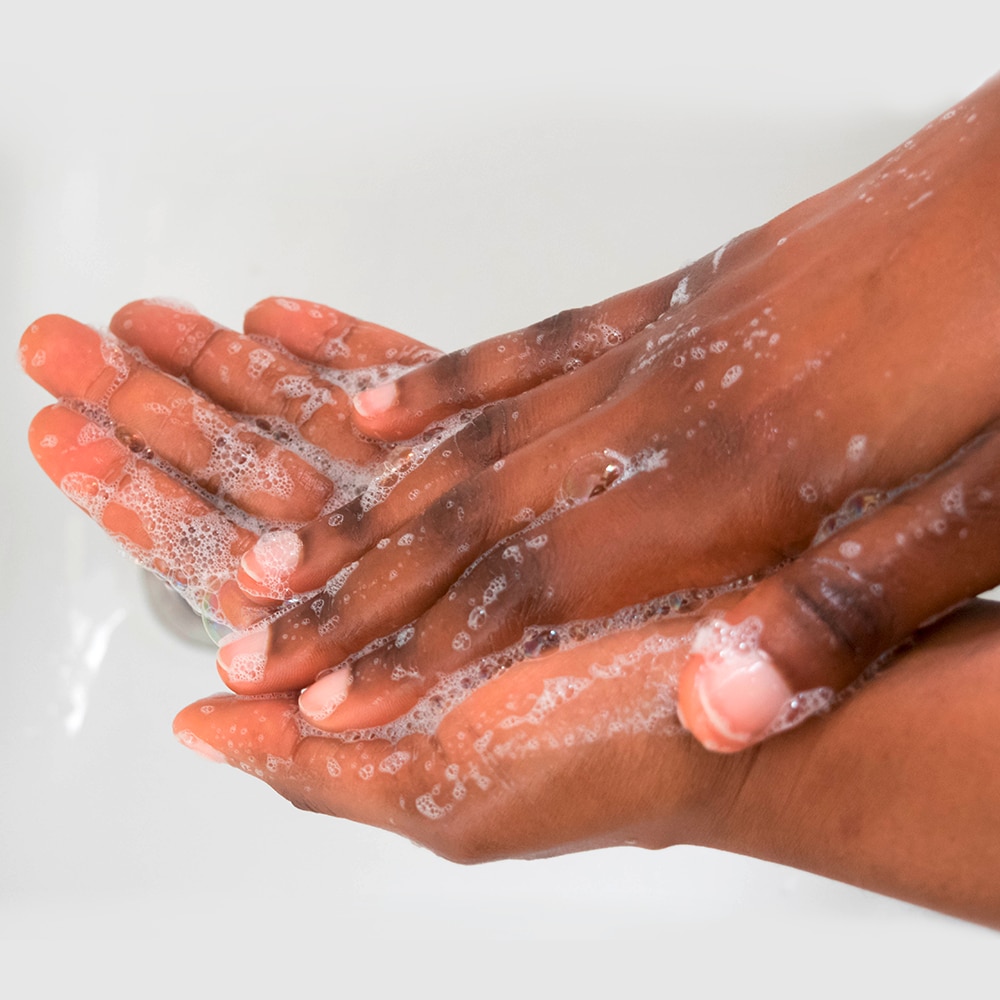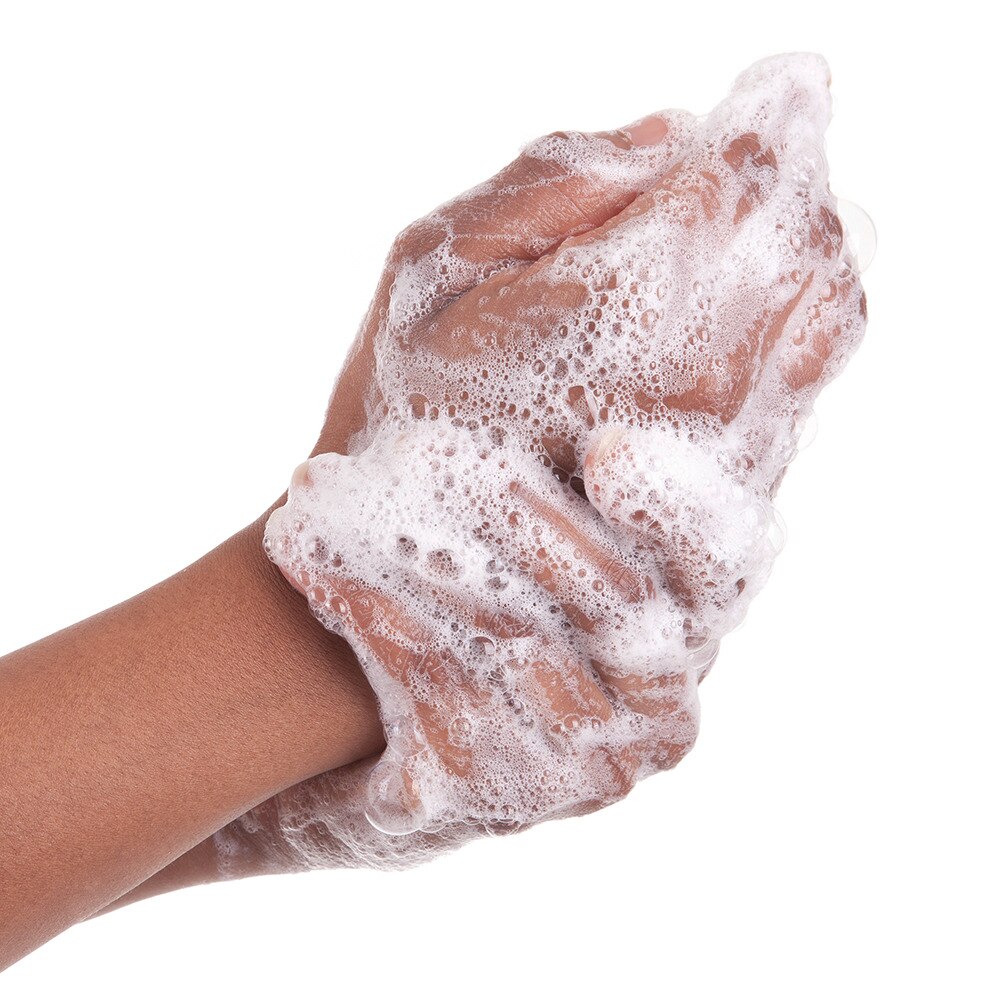Lifebuoy: Keeping Kids Healthy at School
When the school season begins, so do the sniffles and stomach problems. Keeping kids healthy at school could prove to be a tough task for parents around the world. According to germ protection soap manufacturer, Lifebuoy, while catching some bugs is inevitable for children, there are still ways in which to reduce the chance that your child will get sick.
With no way to really manage your child’s hygiene habits once they are out of the protected home environment, Lifebuoy has some advice and tips to offer moms on the best way in which to protect your child once they are back at school.
Children spend several hours every day together in close quarters at school, whether in the classroom or on the playground, sharing not only their personal space but also stationery, food and drinks, with no thought to hygiene. The fact of the matter is that it’s often not the type of food that kids are eating that causes stomach illness, but rather their germ-filled hands that are used when eating the food.
All it takes is a single child in the classroom to come down with a common infection for the spread to begin. Consider these common scenarios — a child who has a cold coughs or sneezes in the classroom. The children sitting nearby inhale the infected respiratory droplets and the cold spreads throughout the classroom. Or perhaps a child who has diarrhoea uses the toilet and returns to the classroom without washing his or her hands. Germs might spread from anything that the sick child has handled to other children who handle the same object.
Time off school may impact on a child’s education and social environment and may also mean that the caretaker has to take time off work to tend to the sick child. If enough children in a classroom are ill, this could also affect the standard and rate of learning for the whole class.
What your child can do to stay healthy at school:
1. Educate
Be sure to give your child some good tips on how to avoid getting ill at school.
2. Practice frequent handwashing
Frequent handwashing with warm water and soap is one of the simplest and most effective ways in which to stay healthy. Remind your child to wash his or her hands before eating, as well as after using the toilet, blowing his or her nose, or playing outside with other kids. Suggest handwashing for as long as it takes to sing the "Happy Birthday" song three times.
3. Cover your mouth and nose when you cough or sneeze
Give your child a packet of tissues to keep in his or her desk. Encourage your child to cough or sneeze into a tissue then put the tissue in the trash when they are done, and to wash his or her hands or use hand sanitiser thereafter. If it isn't possible to reach a tissue in time, remind your child to cough or sneeze into the crook of their elbow.
4. Keep hands away from eyes and out of your mouth
Remind your child that hands are often covered in germs so unless they have been washed. With this in mind, it’s best to keep hands away from the eyes, nose and mouth.
5. Keep your personal items to yourself
You should frequently wash toys and other objects that your children put into their mouths. Offer your child this basic rule - if you put the item in your mouth, keep it to yourself.
Healthy hand hygiene will often help protect your child from germs. Believe it or not, there is a correct and an incorrect way in which to wash your hands. According to Lifebuoy, you should follow these easy guidelines:
- Wash your hands with soap and running water
- Lather the soap to get all the necessary germ protection required
- Wash your hands for approximately 30 seconds
About Unilever South Africa
Unilever South Africa (Pty Ltd) is one of the largest FMCG companies in South Africa. The Company is over 100 years old, with brands like Sunlight, OMO, Lux, Knorr, Vaseline, Shield, Sunsilk, Flora etc that are household names throughout the country. Unilever South Africa has over 3000 employees based across two offices and five manufacturing locations in South Africa. It is rated as one of South Africa’s best employers. For more information visit – www.unilever.co.za
Our ambition is to double the size of our business, whilst reducing our overall environmental footprint (including sourcing, consumer use and disposal) and increasing our positive social impact. We are committed to helping more than a billion people take action to improve their health and well-being, sourcing all our agricultural raw materials sustainably by 2020, and decoupling our growth from our environmental impact. Supporting our three big goals are more than 50 time-based targets. See more on the Unilever Sustainable Living Plan at www.unilever.com/sustainable-living/




